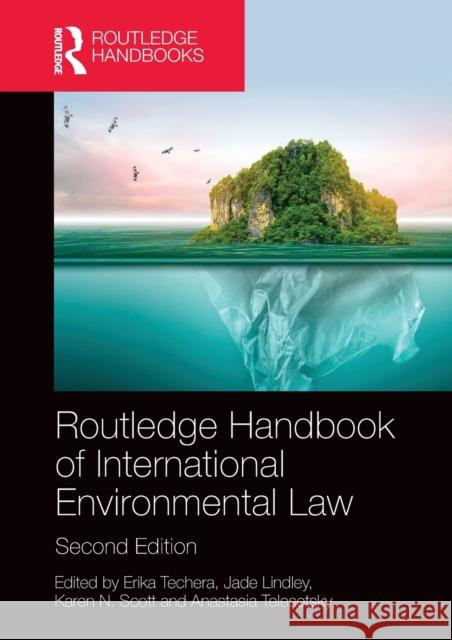Routledge Handbook of International Environmental Law » książka
Routledge Handbook of International Environmental Law
ISBN-13: 9780367685034 / Angielski / Miękka / 2023 / 514 str.
Routledge Handbook of International Environmental Law
ISBN-13: 9780367685034 / Angielski / Miękka / 2023 / 514 str.
(netto: 278,11 VAT: 5%)
Najniższa cena z 30 dni: 287,08
ok. 22 dni roboczych.
Darmowa dostawa!
An advanced level reference guide which provides an updated and comprehensive overview of the corpus of international environmental law (IEL). The Handbook features chapters by leading experts in the field, drawn from a range of both developed and developing countries in order to put forward a truly global approach to the subject.
This book critically explores the legal tools, concepts, principles and instruments, as well as cross-cutting issues, that comprise the field of international environmental law. Commencing with foundational elements, progressing on to discrete sub-fields, then exploring regional cooperative approaches, cross-cutting issues and finally emerging challenges for international environmental law, it features chapters by leading experts in the field of international environmental law, drawn from a range of countries in order to put forward a truly global approach to the subject.
The book is split into five parts:
• The foundations of international environmental law covering the principles of international environmental law, standards and voluntary commitments, sustainable development, issues of public participation and environmental rights and compliance, state responsibility, liability and dispute settlement.
• The key instruments and governance arrangements across the most critical areas of international environmental law: biodiversity, wildlife, freshwater, forestry and soils, fisheries, marine pollution, chemicals and waste, air and atmospheric pollution and climate change.
• Crucial developments in seven distinct regions of the world: Africa, Europe, North America, Latin America, South East Asia, the polar regions and small island states.
• Cross-cutting issues and multidisciplinary developments, drawing from multiple other fields of law and beyond to address human rights and Indigenous rights, war and armed conflict, trade, financing, investment, criminology, technology and energy.
• Contemporary challenges and the emerging international environmental law regimes which address these: the changing climate, forced migration, marine plastic debris and future directions in international environmental law.
Containing chapters on the most critical developments in environmental law in recent years, this comprehensive and authoritative book makes for an essential reference work for students, scholars and practitioners working in the field.











